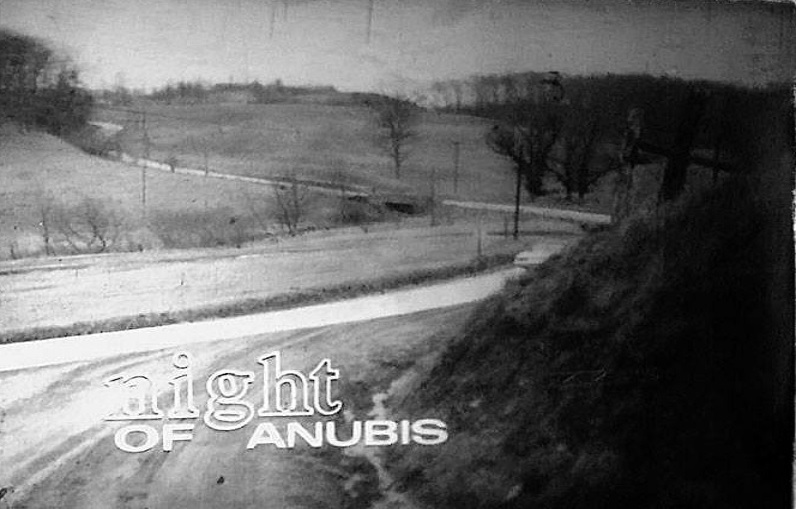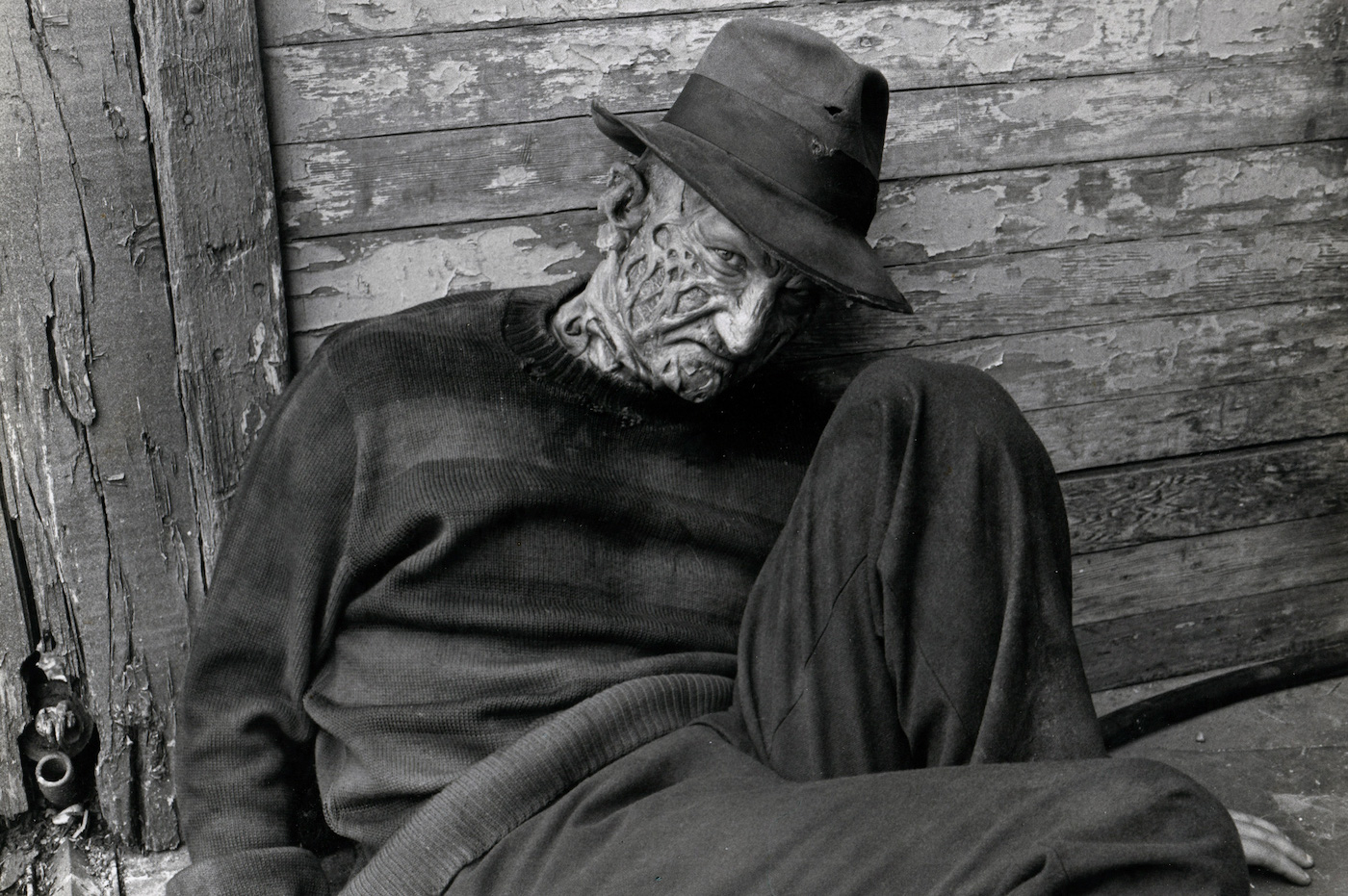Home Video
‘Night of Anubis’: What to Expect from Criterion’s ‘Night of the Living Dead’ Workprint

Just what is this “never-before-presented” print we’ll be seeing next year?
One of this week’s big news bites was that the Criterion Collection, as rumored earlier this year, will be releasing the new 4K restoration of Night of the Living Dead that the late George A. Romero himself recently described as being “Closer than anything we’ve seen to the definitive version of the film.”
Under the supervision of Romero, Gary Streiner, Russ Streiner, and John Russo, the Museum of Modern Art and The Film Foundation restored the seminal classic in 4K from the original camera negative prior to Romero’s passing, and Criterion will be releasing it on DVD and Blu-ray on February 13, 2018.
Night of the Living Dead joins the Criterion Collection with…
- New 4K digital restoration, supervised by director George A. Romero, co-screenwriter John A. Russo, sound engineer Gary R. Streiner, and producer Russell W. Streiner
- New restoration of the monaural soundtrack, supervised by Romero and Gary R. Streiner, and presented uncompressed on the Blu-ray
- Night of Anubis, a never-before-presented work-print edit of the film
- New program featuring filmmakers Frank Darabont, Guillermo del Toro, and Robert Rodriguez
- Never-before-seen 16 mm dailies reel
- New piece featuring Russo about the commercial and industrial-film production company where key Night of the Living Dead filmmakers got their start
- Two audio commentaries from 1994, featuring Romero, Russo, producer Karl Hardman, actor
Judith O’Dea, and more - Archival interviews with Romero and actors Duane Jones and Judith Ridley
- New programs about the editing, the score, and directing ghouls
- New interviews with Gary R. Streiner and Russel W. Streiner
- Trailer, radio spots, and TV spots
- More!
- PLUS: An essay by critic Stuart Klawans
The one thing that immediately caught our eye about the release is that it’s going to include Night of Anubis, described as a never-before-presented work-print edit of Night of the Living Dead. Is this the infamous cut of the film that includes 9-minutes of never-before-seen footage, removed by Romero prior to release?
Sadly, that missing footage – despite recent reports – is lost forever. Jim Cirronella clears up what you should, and should not, expect from Night of the Anubis…
“First, what is the ‘Night of Anubis, never-before-presented work-print edit of the film’ as advertised? While Night of the Living Dead was originally shot on 35mm, the Latent Image’s editing equipment was 16mm, so a reduction print of all the raw footage was needed so that George Romero could edit the film. George’s original edit of the film entitled “Night of Anubis” was said to contain additional scenes that were cut at the request of Continental. This mythical original cut of the film that everyone knows as “Night of the Living Dead” was also said to have been destroyed in the flooded basement of the former Latent Image offices, along with any chance to see those missing scenes.
Thanks to Gary Streiner‘s efforts at finding a proper home for Night of the Living Dead’s original picture and sound elements at the Museum of Modern Art, the Night of Anubis 16mm work print was discovered among materials from the now-defunct WRS Motion Picture Labs. What comprises the “Anubis work print” are reels of 16mm silent picture along with 16mm magnetic track containing unmixed dialogue, music and sound effects. Examination of the reels showed that the work print had also been cut to match the theatrical version of NOTLD, which would have been required for those audio tracks to match the final edit of the picture. Remember, although NOTLD’s primary picture element is a 35mm negative, the film’s final sound mix would have come from those 16 mm magnetic tracks that were cut along with the work print. Unfortunately, this means that scenes such as the Cooper’s additional bickering during the infamous basement jump cut had also been removed (and discarded) from the work print.
So what is different in the Night of Anubis work print? First, the original title still remains, and secondly, there is an alternate day-for-night view of the ghouls approaching the farmhouse. Since neither of these shots would have affected the soundtrack timing, both were left intact in the work print.”
“But if a lack of missing scenes in the work print has got you down,” Jim adds, “then you’ll be very pleased with this next item, ‘Never-before-seen 16 mm dailies reel.’”
More on that in the coming weeks.

Home Video
‘Hollywood Dreams & Nightmares: The Robert Englund Story’ Slashes into VHS from Lunchmeat!

The SCREAMBOX Original documentary Hollywood Dreams & Nightmares: The Robert Englund Story is now streaming on SCREAMBOX, and it’s next coming to VHS!
A limited edition of only 50 copies worldwide, the VHS copies of the Englund documentary will go up for grabs on Saturday, April 27 at 12pm EST on Lunchmeat’s official website.
Josh Schafer of Lunchmeat explains, “With so many of Englund’s works being seen and familiarized on videotape, it only felt right to offer fans and collectors the opportunity to experience this fantastic doc on VHS. We all know the Freddy movies just feel different on videocassette, and we wanted to bring that feel to this film for those who want it.”
“Since first donning a tattered fedora and a glove of eviscerating blades in 1984, Robert Englund has become a beloved horror icon. His portrayal of Freddy Krueger is without doubt a moment as visceral to the horror genre as Chaney’s werewolf or Karloff’s groundbreaking realization of Frankenstein’s monster. However, few realize the depths of Englund’s true power as a character actor away from the latex mask and iconic red and green sweater.
“A classically trained actor and director, Robert Englund has become one of the most revolutionary horror icons of our generation.. This unique and intimate portrait captures the man behind the glove and features interviews with Englund and his wife Nancy, Lin Shaye, Eli Roth, Tony Todd, Heather Langenkamp, and more.
“This is the quintessential documentary on the man who didn’t just bring Freddy Krueger to horrific and historic life on-screen and beyond, but has created a fantastic career as an elite actor and entertainer.”
Selling for $30, the VHS is presented in native widescreen format & duplicated in NTSC, housed in full-color slipcase and pressed on black videocassettes with silver foil face and side labels.
The VHS release is presented in partnership with Cineverse, Bloody Disgusting, and Screambox, in association with Dead Mouse Productions and Cult Screenings U.K.















You must be logged in to post a comment.